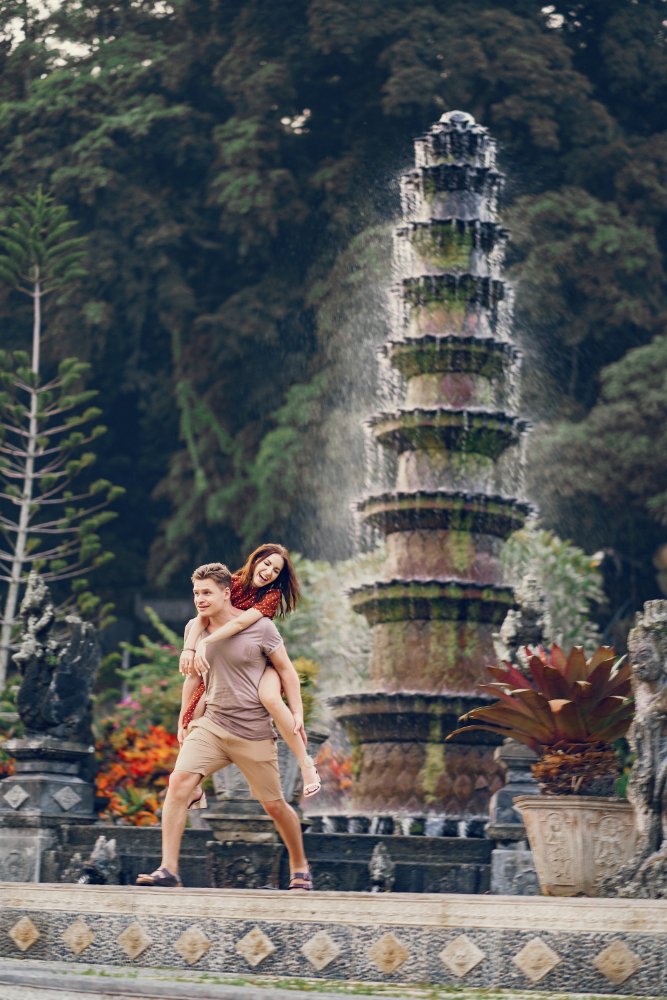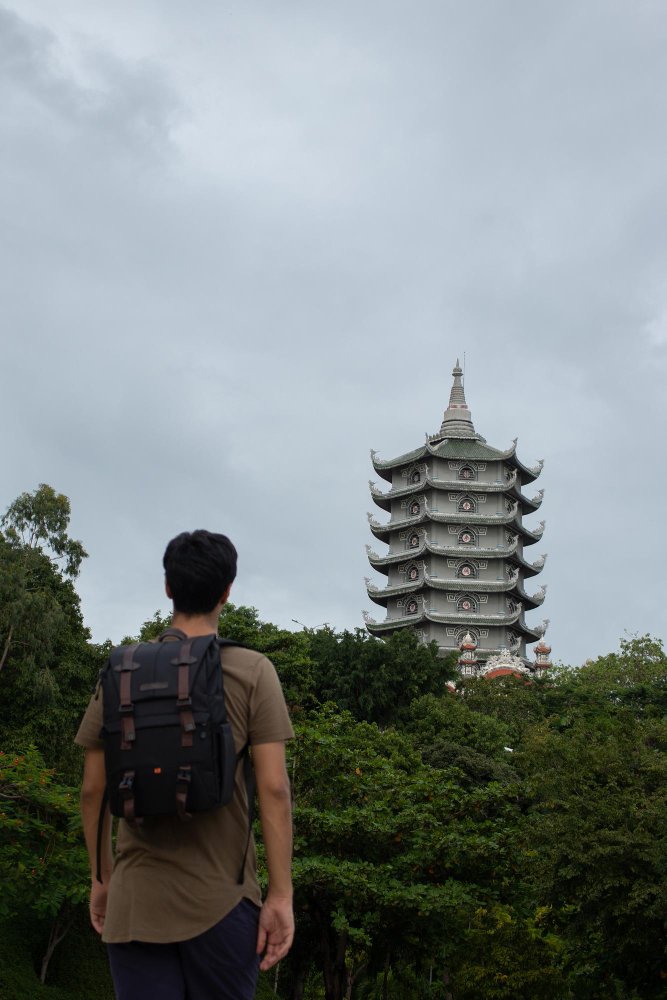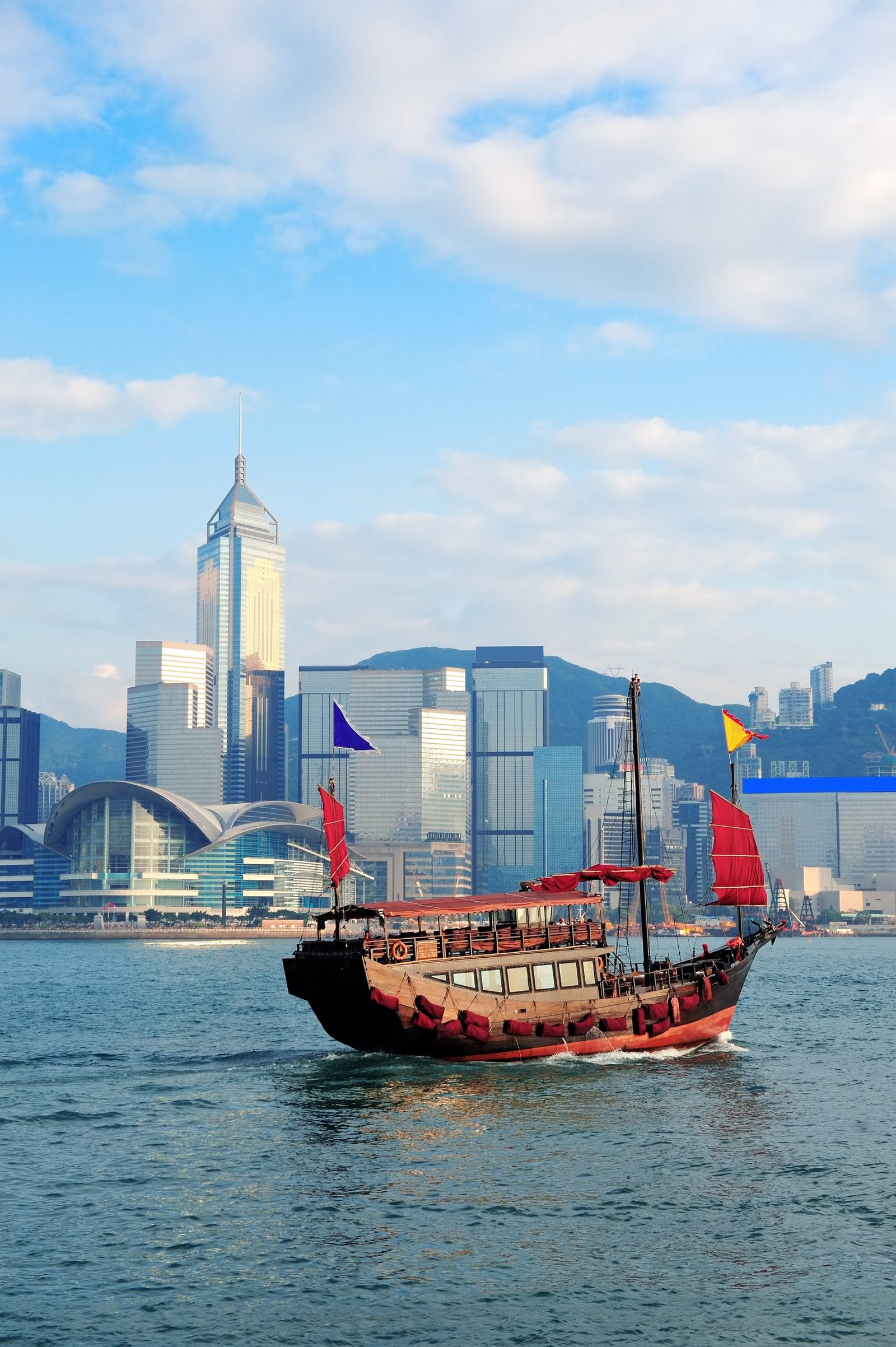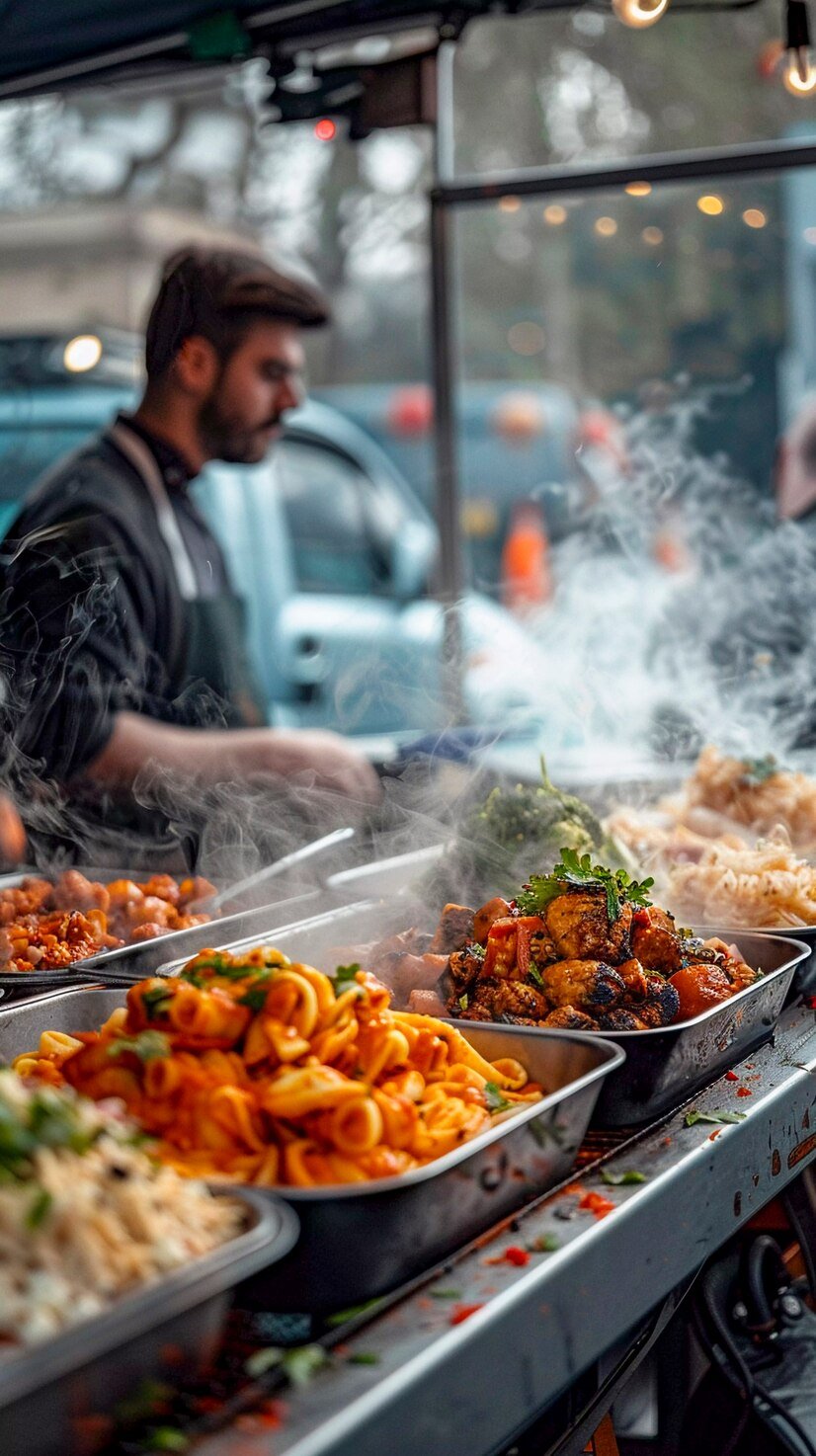Philippines
- Home
- Philippines
Introduction
The Philippines—a radiant archipelago of over 7,600 islands in Southeast Asia—is a paradise where emerald rice terraces cascade into turquoise coastal waters, and vibrant festivals light up cities and villages alike. Renowned for its powder-white beaches, warm hospitality, and a culture shaped by centuries of diverse influences, the country offers a thrilling mosaic of adventure, nature, and heritage. Whether you dream of chasing waterfalls in the jungle, snorkeling among colorful reefs, or witnessing historic Spanish churches and contemporary urban wonders, the Philippines invites travelers to create their own stories beneath the tropical sun.
Why Choose a Philippines Tour Package?
Booking through withinearthholidays.com transforms your Philippine holiday into a seamless, immersive experience:
Hassle-Free Planning
All-in itineraries cover flights, resorts, transfers, and sightseeing, allowing you to simply relax and explore.
Handpicked Destinations
From hidden gem islands to iconic wonders like Boracay and Palawan, packages are curated for every traveler—be it honeymooners, families, or solo adventurers.
Exclusive Experiences
Skip the stress with local guides, unique excursions (like whale shark watching or mountain hikes), and arrangements tailored for your pace and interests.
Support Around the Clock
Enjoy round-the-clock support, so you’re always secure and well cared for—no matter where your island-hopping takes you.
Great Value
Inclusive meals, transfers, and guided tours offer savings and ensure you don’t miss the must-see highlights.
Must-Visit Attractions in the Philippines
- With so much diversity across its islands, the Philippines promises memorable adventures at every stop:
- Palawan: Often called the “Last Frontier,” explore the jagged limestone cliffs and crystal-clear lagoons of El Nido and Coron. The Puerto Princesa Underground River, a UNESCO World Heritage Site, is an awe-inspiring natural wonder.
- Boracay: Famous for its unparalleled White Beach, Boracay is also a hub for water sports, lively nightlife, and stunning sunsets.
- Cebu: Discover the cultural capital of the Visayas, where colonial churches, whale shark encounters in Oslob, and the majestic Kawasan Falls await.
- Bohol: Marvel at the Chocolate Hills, visit tarsier sanctuaries (the world’s smallest primates), and enjoy tranquil river cruises.
- Banaue & Sagada: Journey to Luzon’s highlands to see the ancient Banaue Rice Terraces—a true marvel of ancestral ingenuity—and explore Sagada’s hanging coffins and mystical caves.
- Vigan: Step into a preserved Spanish colonial heritage town with cobblestone streets, ancestral houses, and delicious Ilocano cuisine.
- Manila: Dive into the energy of the capital, from grand old Intramuros (the historic walled city) to chic shopping districts, modern museums, and lively street food scenes.
- Siargao:The country’s surfing capital boasts tear-shaped islands, shimmering lagoons, and magical spots like the Sugba Lagoon and Magpupungko Rock Pools.






Tastes of the Philippines: Iconic Local Fare
- The flavors of the Philippines are bold, hearty, and as diverse as its islands. Don’t miss:
- Adobo: Tender meat stewed in garlic, soy sauce, vinegar, and spices—a comforting national dish.
- Sinigang: A tangy tamarind-based soup, often with shrimp, pork, or fish, brimming with local vegetables.
- Lechon: Crispy, golden-roasted whole pig, the star of every festivity and food tour.
- Kare-Kare: Creamy peanut stew with oxtail, tripe, and vegetables, paired with bagoong (shrimp paste).
- Pancit: Stir-fried noodle dishes (like Pancit Canton or Pancit Bihon), perfect for a quick and satisfying bite.
- Halo-Halo: A vibrant cold dessert with crushed ice, sweet beans, fruit, jellies, leche flan, and purple ube (yam)—a tropical treat!
- Balut: If you’re adventurous, try this local delicacy—fertilized duck egg, a street food favorite.
- Chicken Inasal: Grilled chicken marinated in calamansi, lemongrass, and annatto, flame-cooked for maximum flavor.
Essential Safety Tips for Your Philippines Adventure
Weather Awareness:
Check forecasts during typhoon season (June–November), especially when traveling to remote islands.
Health & Hydration:
Drink filtered or bottled water; pack mosquito repellent and sunscreen to protect against heat and bites.
Respect Local Customs:
Filipinos are family-oriented and courteous—dress modestly in rural or religious areas and always greet with a smile.
Swim & Hike Safely:
Only swim in marked safe areas and follow local guides on treks or water adventures.
Secure Valuables:
While most places are safe, keep an eye on your belongings in crowded transport hubs and markets.
Transport:
Use registered taxis, ride-sharing apps, or arrange transfers in advance for new destinations; motorized tricycles and jeepneys are fun but agree on fares beforehand.
Emergency Numbers:
National emergency hotline is 911—a quick resource in any urgent situation.
Language:
English is widely spoken, but learning a few Filipino greetings is appreciated and builds rapport.
Ready to explore the best of the Philippines with thetravelshop.com?
From magical islands to sun-speckled city streets, let us guide your unforgettable journey through a country where every “Mabuhay!” is a heartfelt welcome and adventure waits with every wave.
Frequently Asked Questions
When is the best time to visit the Philippines?
The dry season, from December to May, is ideal for island adventures, diving, and beach escapes.
Do I need a visa for the Philippines?
Many nationalities enjoy visa-free entry for short stays. Always check current requirements before travel.
Is the Philippines family-friendly?
Absolutely! Resorts, beaches, eco-tours, and water parks provide safe fun for kids and adults alike.
What currency is used, and are cards accepted?
The Philippine Peso (PHP) is the national currency. Cards are widely accepted in cities and resort areas, but carry cash for remote spots.
What are some must-have souvenirs?
Local pearls and shell jewelry, abaca and rattan crafts, wood carvings, Filipino snacks (like dried mangoes), and native textiles such as banig and barong.
